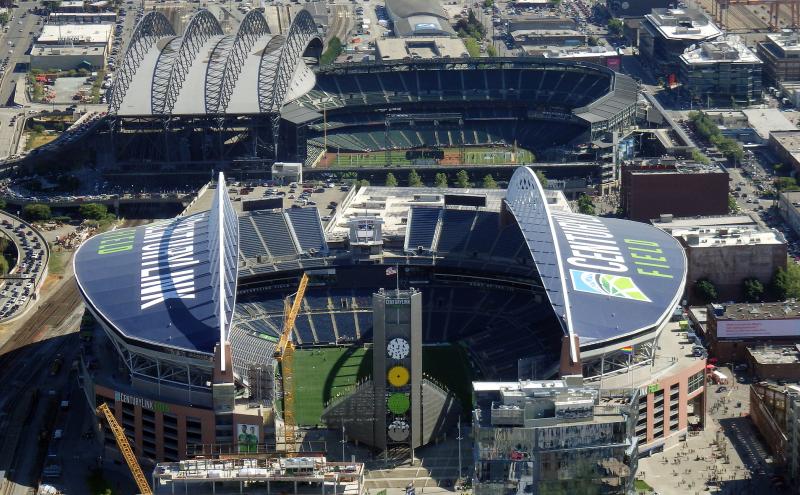
In the week leading up to Super Bowl XLVIII, the hometown airports of the Denver Broncos, Denver International Airport (DIA), and the Seattle Seahawks, Seattle-Tacoma International Airport, have used social media to engage in a spirited pre-game debate about which airport better represents their home team. But, the truth is, both airports are world-class facilities that share a passion for supporting their team, city and traveling fans.
Both airports are extremely proud to serve their respective NFL team each season, and the millions of people who fly to see them play. And, while only one airport will be the first to welcome this year’s Super Bowl champions home, we would like to share some of the interesting facts behind the facilities that help the Broncos and Seahawks safely travel the country every year.
| Denver International Airport | Seattle-Tacoma International Airport | |
|
|
Denver International Airport and Seattle-Tacoma International Airport join together in wishing the Broncos and the Seahawks the best of luck in Super Bowl XLVIII.
Check out Denver International Airport on YouTube, like us on Facebook and follow us on Twitter
Check out Seattle-Tacoma International Airport on YouTube, like us on Facebook and follow us on Twitter

